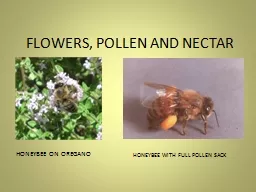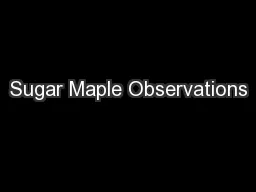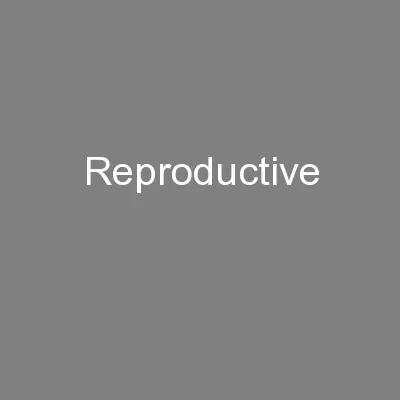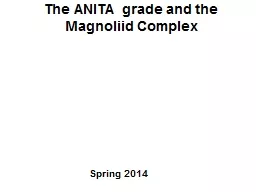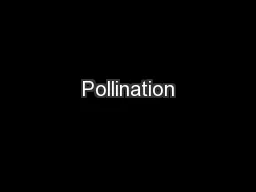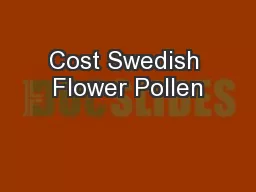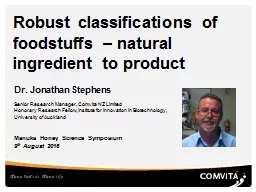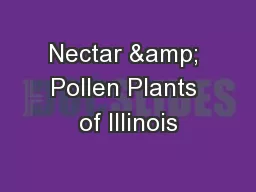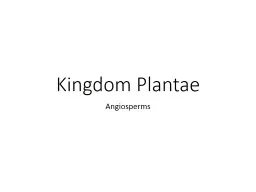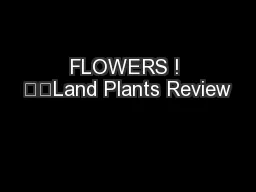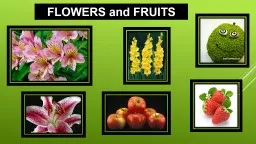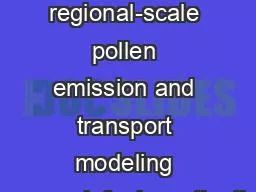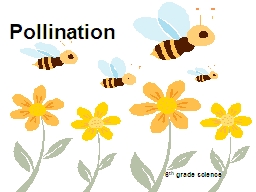PPT-FLOWERS, POLLEN AND NECTAR
Author : phoebe-click | Published Date : 2017-05-21
HONEYBEE ON OREGANO HONEYBEE WITH FULL POLLEN SACK PARTS OF A FLOWER SOME PLANTS THAT ARE COMMON IN THE INLAND NORTHWEST Alfalfa Sweet Clover Black Locust Vetch
Presentation Embed Code
Download Presentation
Download Presentation The PPT/PDF document "FLOWERS, POLLEN AND NECTAR" is the property of its rightful owner. Permission is granted to download and print the materials on this website for personal, non-commercial use only, and to display it on your personal computer provided you do not modify the materials and that you retain all copyright notices contained in the materials. By downloading content from our website, you accept the terms of this agreement.
FLOWERS, POLLEN AND NECTAR: Transcript
Download Rules Of Document
"FLOWERS, POLLEN AND NECTAR"The content belongs to its owner. You may download and print it for personal use, without modification, and keep all copyright notices. By downloading, you agree to these terms.
Related Documents

